Though I do travel with really nice Multipurpose Keen Shoes I usually find myself traveling in flip flops here in Southeast Asia.
One day I found myself in the Cameron Highlands of Malaysia in such a situation. I was going for a hike and ended up not having proper footwear with me. I began the hike in flip-flops but torrential downpours from the previous night had made the trails unbelievably muddy and when the terrain got difficult, flip-flops became a hindrance (I’m my defence, I’ve hiked some pretty serious trails in flip-flops).
About a half hour into the trip I decided to go naked footed, putting my flip-flops in a plastic bag inside my backpack.
I’d had plenty of experience being barefoot and have often worn Barefoot Shoes so I knew how to move to not to hurt myself.
It was a great, freeing experience though who saw me on the trail was very surprised (people took pictures of my feet)
After the hike, my feet were covered in the thickest mud I’d ever experienced. It took two weeks of scrubbing them every time I showered to get them completely clean.
Since then I have hiked barefoot in the jungle on multiple occations (both on and off trail).
It is incredibly freeing and an amazing way to connect with nature.
Why Trek Barefoot?
There are many benefits to trekking barefoot. Barefoot running strengthens your legs and feet far more then with shoes and also improves your agility and balance.
Being barefoot allows you to be connected with the environment you’re in, makes you feel more alive.
Tips for Being Barefoot in the Jungle
- Toughen up your feet – If you go barefoot with baby soft, always in a shoe feet, it’s going to hurt and you’ll probably cut yourself. Walk around in safer environments to toughen up your feet before attempting to tackle the jungle.
- Learn how to land barefoot – Most people in shoes land on their heel or mid-foot when they step. This is wrong. Doing this causes the force of impact to be absorbed into your bone, and the joints of your knees and hips. If you do this barefoot you can seriously hurt yourself. Instead, learn to land on the ball of your foot so that impact is absorbed by the muscles and tendons designed for the job.
- Balance and agility – Without the protection of shoe, you can be much more agile in your movement. Practice will allow you to get better grip on ground surfaces and move more gracefully through whatever obstacles and terrain is in your way.
- Be aware of your environment – The majority of your focus while barefoot will be on the ground. You need to deliberately put your foot where you want it to land, avoiding any biting insects, thorns, sharp rocks or kicking things things that wouldn’t be as much of an issue with shoes. You’ll also want to be aware of what ever is around you and where you’re headed. There are other threats in the jungle.
- Have a backup Plan – It’s much safer to travel with another, having first-aid with you is also wise.
What are the Risks?
Disclaimer: Trekking barefoot has the potential to be dangerous. Attempt at your own risk.
A jungles can be a dangerous place and not every jungle is the same.
In addition to the visible dangers ranging from large, territorial animals, poisonous snakes and spiders, blood sucking insects and leeches (I’ve had a few leeches but they really aren’t that big of a deal), thick, thorny vegetation and dangerous terrain the worst threat may be an invisible one. Throughout the jungle there are potential micro dangerous. Bacteria and viruses can be transmitted to you via insect or through an open wound which can lead to serious infection and possibly worse. This may or may not be a threat in the area you choose to explore.
Avoid trekking with open wounds. If you get any cuts, be sure to wash them out thoroughly and take all necessary precautions to repel insects.
 Where's WiL My around the world solo travel blog
Where's WiL My around the world solo travel blog
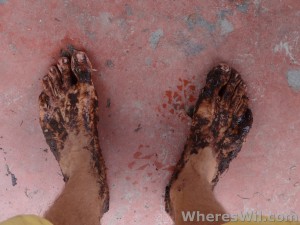
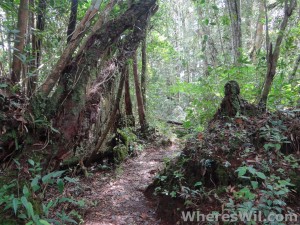
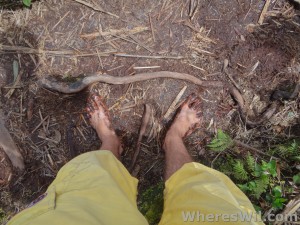
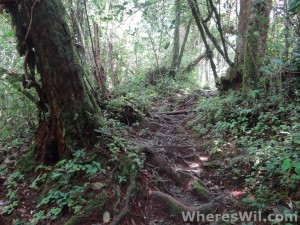

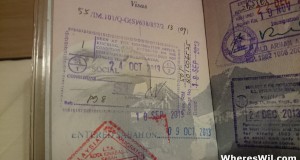

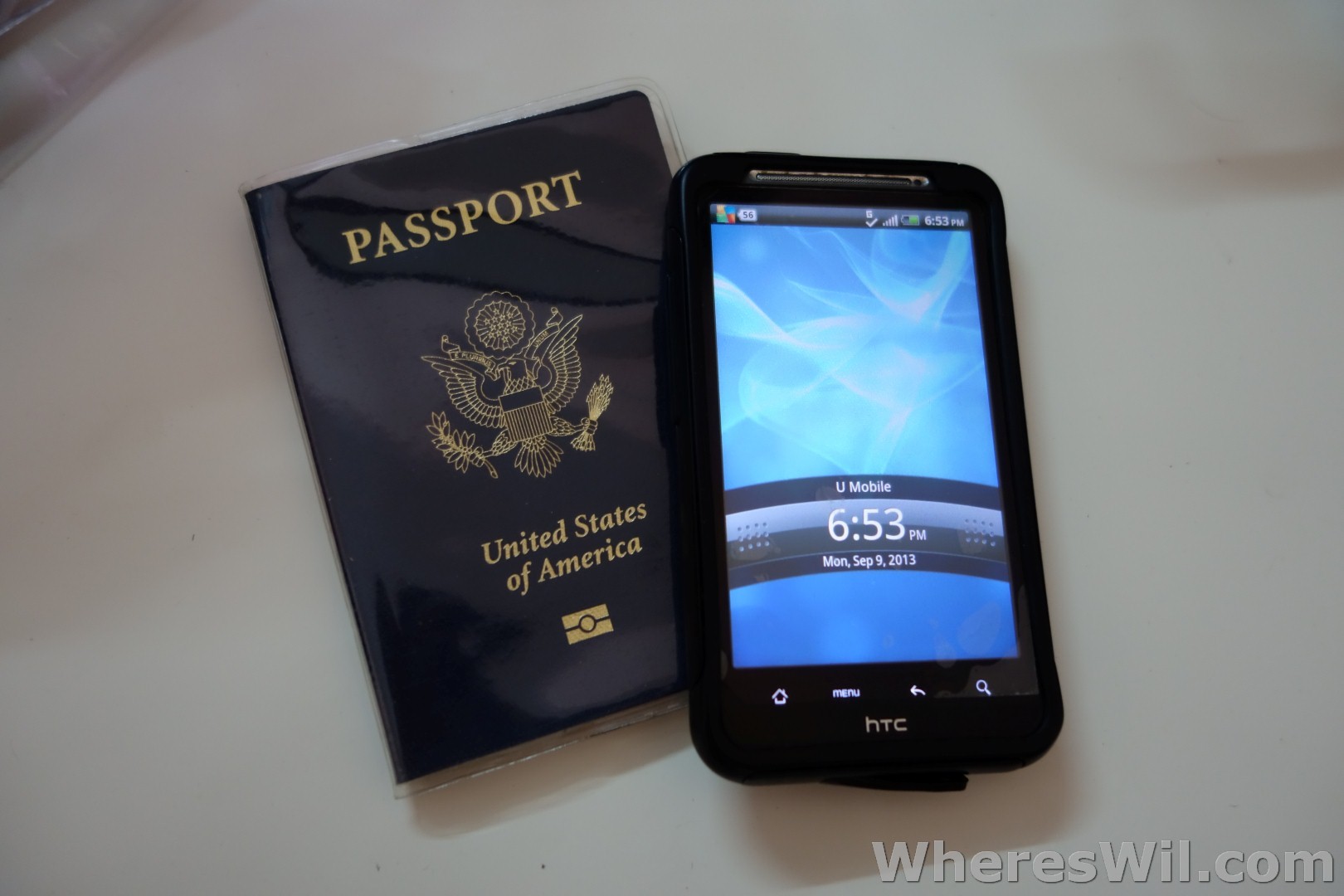
It may be a “freeing” experience, and I certainly understand the inability to walk rough and/or wet terrain in flip-flops, but it’s the potential risk of encountering those bacteria and viruses; else the possibility of getting an infection of some bizarre nature that just make YO MOMMA cringe at this activity … just saying. xoxo <3
Always glad to see a positive attitude towards being barefoot!
I have recently started experiencing issues with my balance and motor control, and being barefoot cuts my issues in half! I have had fewer injuries to my feet as well, interestingly, though I think that may be unique to me, as I am more aware of my environment and don’t go stubbing my toes on objects I wasn’t aware of, or rolling my ankles when I step on something unexpectedly.
I’ll be retiring to the Philippines in another 13 years. One of the things I’ll look forward to is working on becoming a barefoot trekker, especially in mud during the rainy seasons.